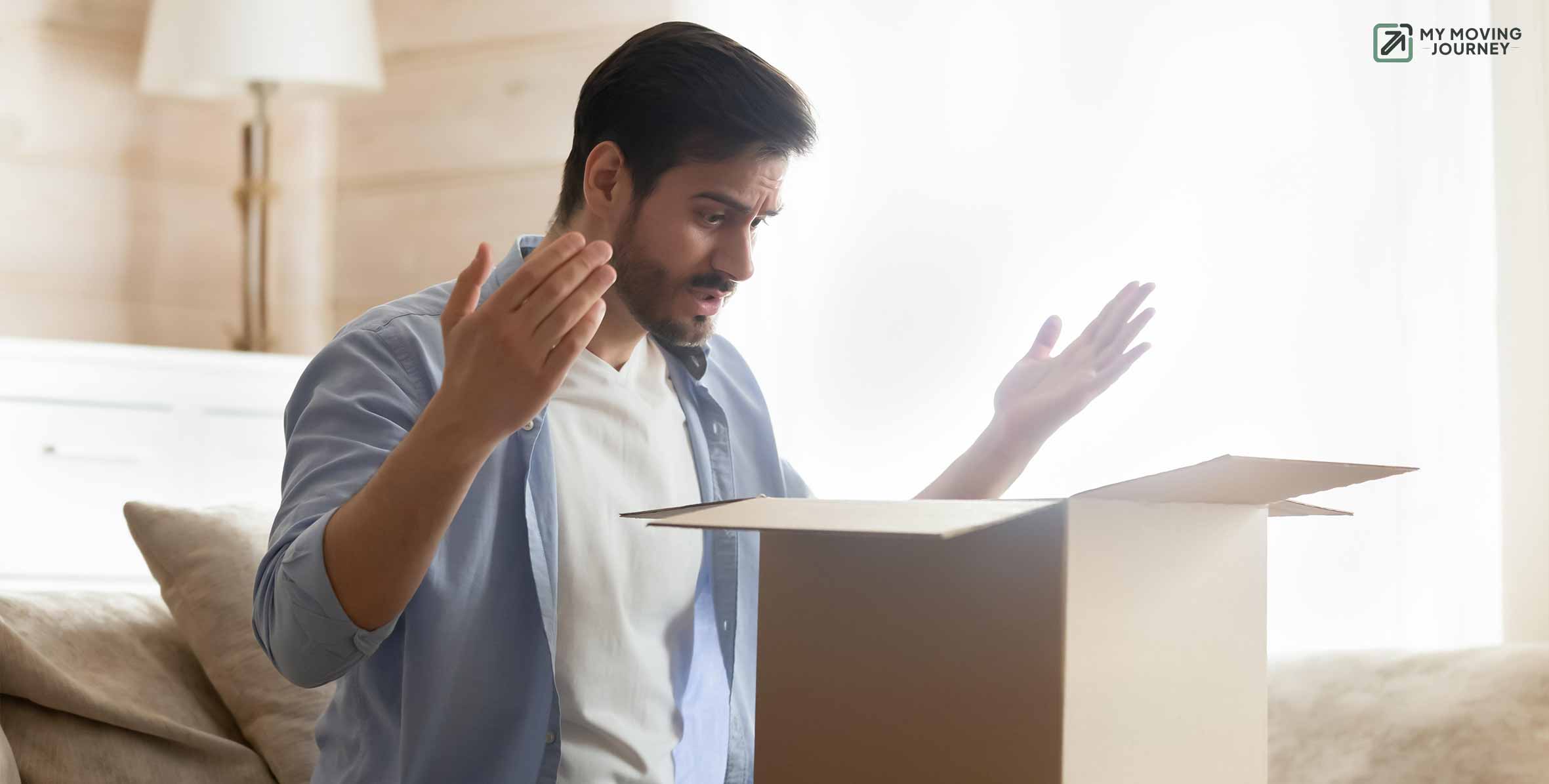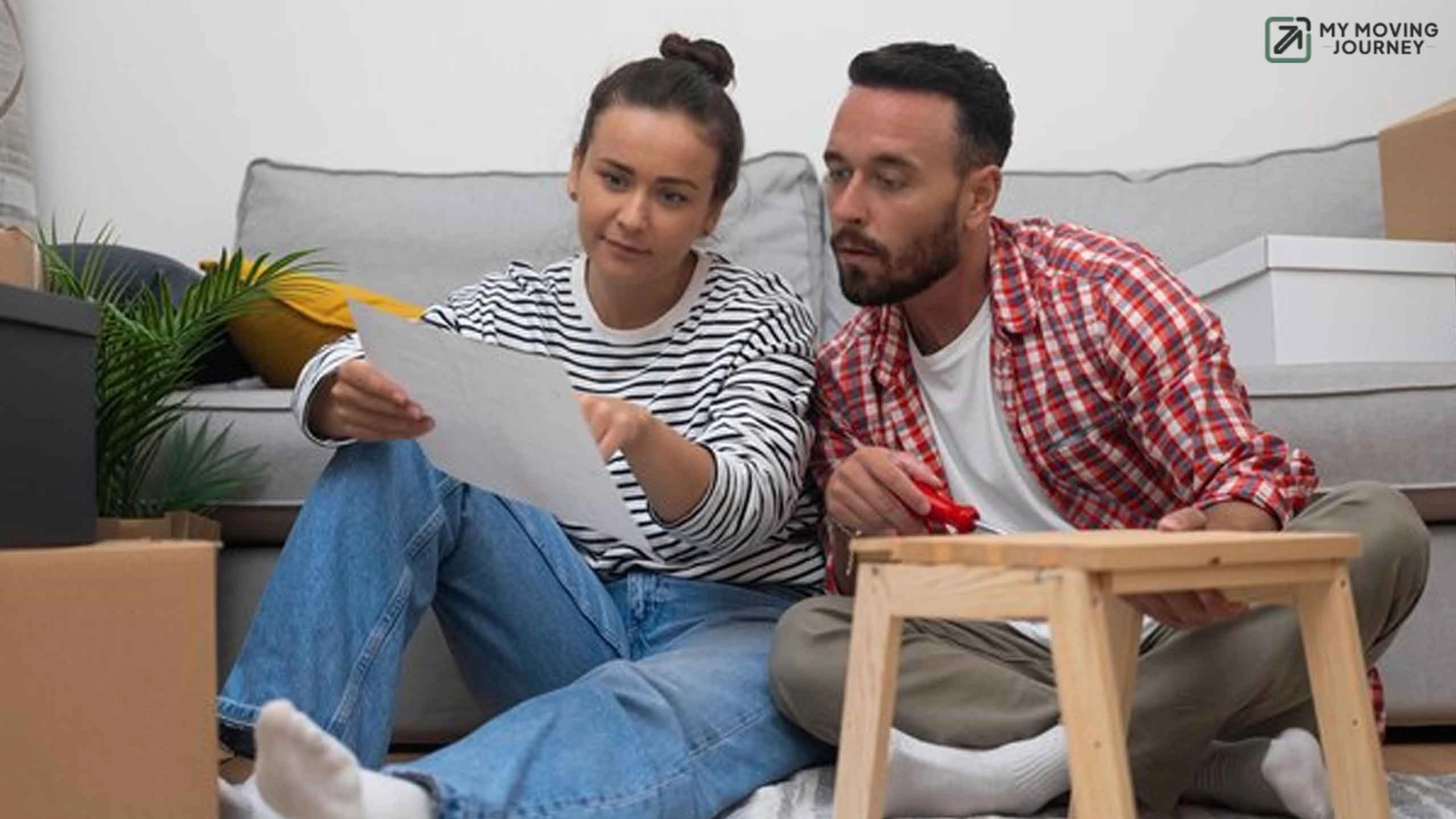Home is where the heart is, but moving can test the heart of most patients.
Well, did you know that the USA has 35 million movements each year, which means everyone deals with the hassle of packing, moving, complications, and trying to pay attention so as not to break anything?
However, surveys show that one in three movers meets unpleasant surprises and end up paying for it: broken furniture, missing things or an unpleasant start in the new home.
Making a move is more than just getting your junk from Point A to Point B. It is all about preserving those memories attached to that stuff.
It is high stakes, but equally, it can be seized as a chance to put everything in the right place.
But with the right preparation and some good planning, you should be able to avoid common risks and even keep your move safe.
In this blog, we will discuss ways to protect your move so that your cherished possessions arrive unscathed.
Importance of Securing Your Move
According to the U.S. Census Bureau, every year, millions of Americans relocate.
With such a high volume of moves, it is compulsory to prioritize the security of your items.
Securing your move not only protects your items but also offers peace of mind during a frustrating time.
How to Choose a Reputable Moving Company
A safe move starts with choosing the best moving company.
Here are some key variables to make sure you are making the right choice:
Research and Reviews: Look for reviews and ratings on sites such as the Better Business Bureau (BBB) to assess the reputation of a company.
Verify Credentials: Make sure the mover is registered with the Federal Motor Carrier Safety Administration (FMCSA) and has a valid U.S. Department of Transportation (DOT) number.
In-Person Estimates: Trustworthy movers will recommend an in-house or virtual survey to give you an accurate estimate.
Warning: Beware If a company quotes you without first assessing what needs to be moved or just accepts your word as fact.
Transparent Contracts: Get a written contract that includes all details of services, fees and terms.
How Moving Insurance Can Protect Your Move
Even with proper planning, unforeseen events can occur.
Moving insurance gives you a safety unit that covers potential losses or damages during relocation.
Released Value Protection: This type of coverage is basic and usually includes no fee.
It provides limited protection, typically for 60 cents per pound / Item.
So, if you damaged something that weighed 10 pounds, you'd get $6 for it, regardless of its market price.
Full Value Protection: This is when the mover becomes responsible for a replacement value of any goods lost or damaged.
This option comes at an additional cost for better compensation. You should discuss this option with your mover and check its benefits for valuable items.
Third-Party Insurance: For high-value possessions, you can purchase additional insurance from a third-party provider for extra protection.
Packing Strategies to Prevent Damage
Proper packing is essential to avoid damage during relocation.
Here are some packing strategies to avoid breakage:
Use Quality Materials: Buy sturdy boxes, bubble wrap, packing paper, and tape. Do not use boxes that are old and in bad condition; the last thing you need is for a box to collapse mid-move
Labeling: Label every box with what is in the box and in which room you want to place it. Mark contents as fragile; be extra careful.
Disassemble Large Items: If furniture items or household appliances exist, break them down whenever you can.
Pack screws and any such bits into labeled bags.
Avoid Overpacking: Try not to jam-pack boxes. Weigh them light enough that they won't shatter but heavy enough to get a hold on.
How to Protect Valuables and Fragile Items
Certain items require extra attention:
Electronics: If possible, ship using the original packaging. Otherwise, wrap your devices in anti-static bubble wrap and pack them tightly so they don't move.
Artwork and Mirrors: Slip cardboard corners on frames and bubble wrap them. Use boxes for specially designed flat items.
Dishes and Glassware: Each piece should be wrapped separately and placed upright inside boxes with plenty of cushioning on the bottom and top.
Moving Safety Precautions
Safety during the move is vital for both your belongings and the individuals involved:
Clear Pathways: Before moving day, clear all walkways of obstacles to prevent trips and falls.
Proper Lifting Techniques: Bend at the knees, not the waist, and lift with your legs to avoid back injuries.
Dress Appropriately: Wear comfortable clothing and closed-toe shoes with good traction.
Stay Hydrated: Moving can be physically demanding. Keep water accessible and take breaks as needed.
Best Practices for Protecting Furniture During a Move
Furniture is among the most valuable and cumbersome items to move.
Here are some best practices for protecting furniture during a move:
Wrap Furniture: Use moving blankets or padded covers to shield furniture from scratches and dents.
Secure Moving Parts: Remove or secure drawers, doors, and other moving parts to prevent damage.
Use Furniture Sliders: These tools make it easier to move heavy items without damaging floors or the furniture itself.
Potential Moving Scams
Moving to a new home is an exciting journey, but it's essential to be aware of potential moving scams that could turn this experience into a nightmare.
Lowball Estimates
Some movers lure customers with exceptionally low quotes, only to increase the price significantly once your belongings are loaded.
The Better Business Bureau (BBB) reported a 12% increase in moving scam reports, many of which involve lowball estimates.
Tip: Always get multiple written estimates and be cautious of quotes that seem too good to be true.
Hostage Situations
After loading your items, unscrupulous movers may demand additional fees and refuse to deliver until you pay. This tactic has recently led consumers to lose an average of $836 to moving scams.
Tip: Ensure the moving company provides a binding estimate and understands the terms before signing any contract.
Unlicensed Movers
Some companies operate without proper licensing, increasing the risk of fraud.
The Federal Motor Carrier Safety Administration (FMCSA) oversees interstate movers, but enforcement can be challenging.
Tip: Verify the mover's credentials through the FMCSA and check for a valid U.S. Department of Transportation (DOT) number.
Large Upfront Deposits
Reputable movers typically don't require large deposits before the move. Demanding significant upfront payments can be a red flag for potential scams.
Tip: Be wary of companies asking for substantial deposits; opt for those that request payment upon delivery.
Name Changes
Some fraudulent movers frequently change their company names to avoid negative reviews and legal issues. This tactic makes it difficult for consumers to research their track record.
Tip: Research the company's history and look for consistent branding and contact information.




